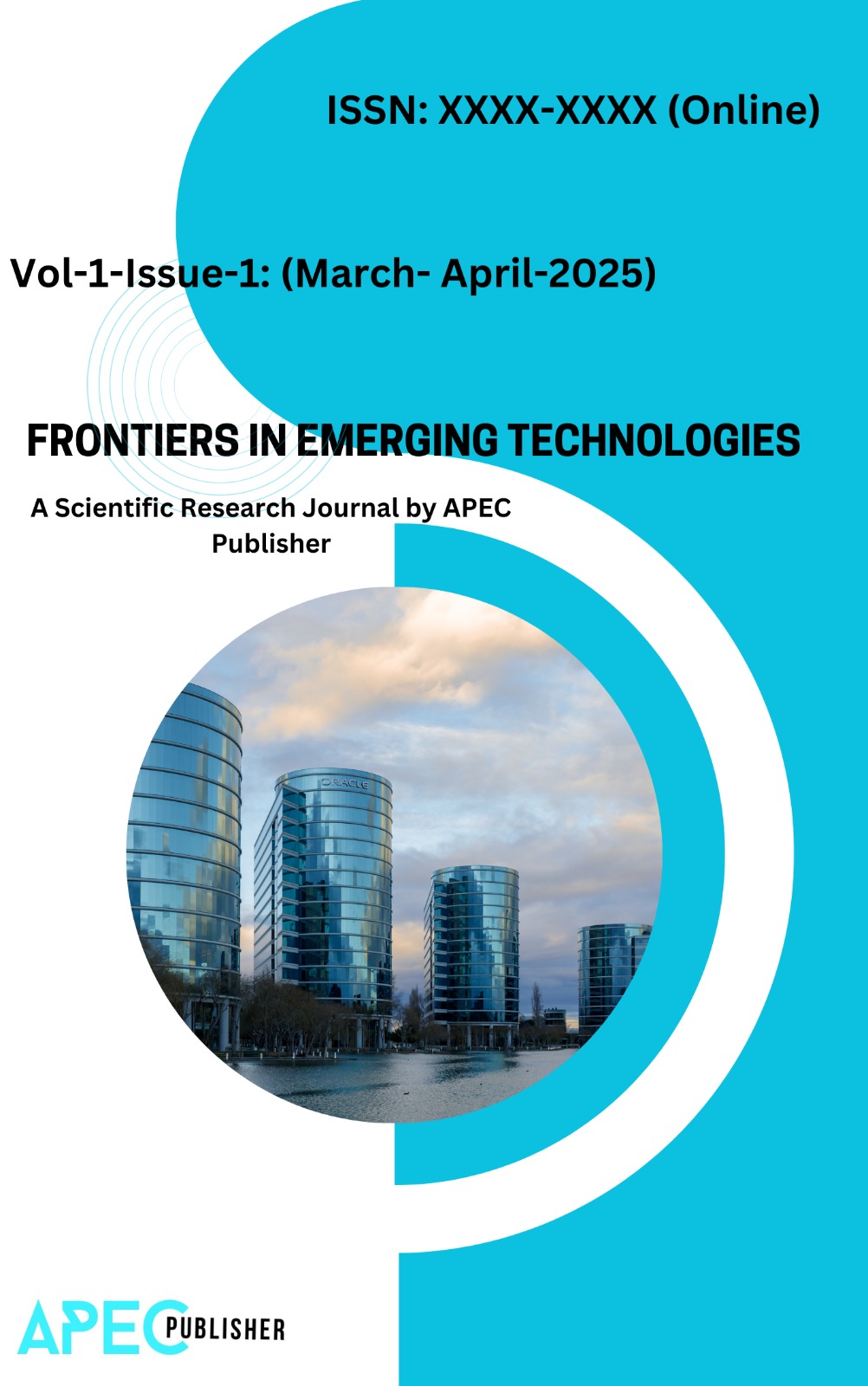
Frontiers in Emerging Technology
An Open Access Peer Reviewed International Journal.
Publication Frequency- Bimonthly
Publisher Name-APEC Publisher.
ISSN Online- 2945-3437
Country of Origin-South Africa
Language- English
Extended Reality for Post-Stroke Neuroplasticity Rehabilitation: Harnessing Technology to Rewire the Brain
Keywords
Authors
Abstract
Stroke remains a leading cause of long-term disability worldwide, often resulting in significant motor, cognitive, and sensory impairments. The cornerstone of recovery lies in harnessing the brain’s innate capacity for neuroplasticity – the ability to reorganize its structure and function. Traditional rehabilitation approaches, while beneficial, face limitations in intensity, engagement, personalization, and accessibility. Extended Reality (XR), encompassing Virtual Reality (VR), Augmented Reality (AR), and Mixed Reality (MR), emerges as a transformative tool to overcome these barriers. This comprehensive review explores the intersection of XR technology and neuroplasticity principles in post-stroke rehabilitation. We delve into the mechanisms of neuroplasticity, elucidate how XR interventions are uniquely positioned to exploit these mechanisms through immersive, task-specific, engaging, and adaptable training environments. A critical analysis of current evidence from clinical trials is presented, highlighting the efficacy of XR for various post-stroke deficits. We further discuss the technological, clinical, and accessibility challenges facing widespread adoption and outline promising future directions, including integration with brain-computer interfaces (BCIs), advanced artificial intelligence (AI) for personalization, and telerehabilitation models. The evidence strongly suggests that XR is not merely a novel gadget, but a powerful neuromodulatory platform capable of optimizing neuroplasticity and driving significant functional recovery after stroke.
